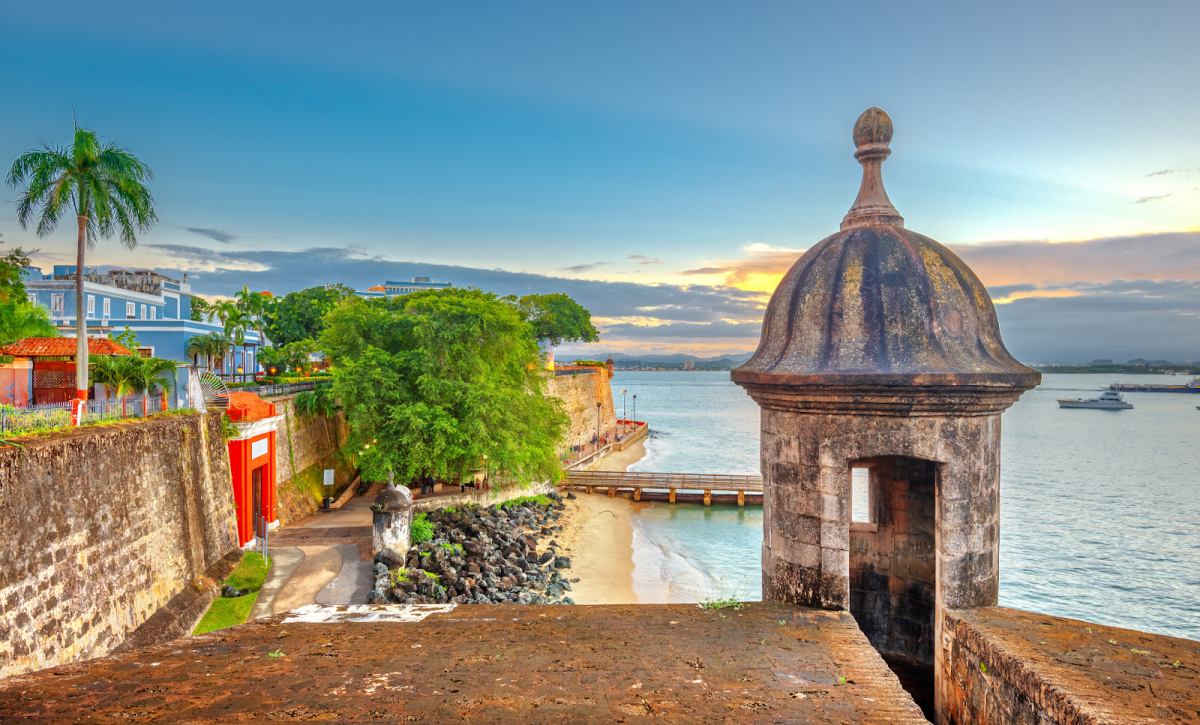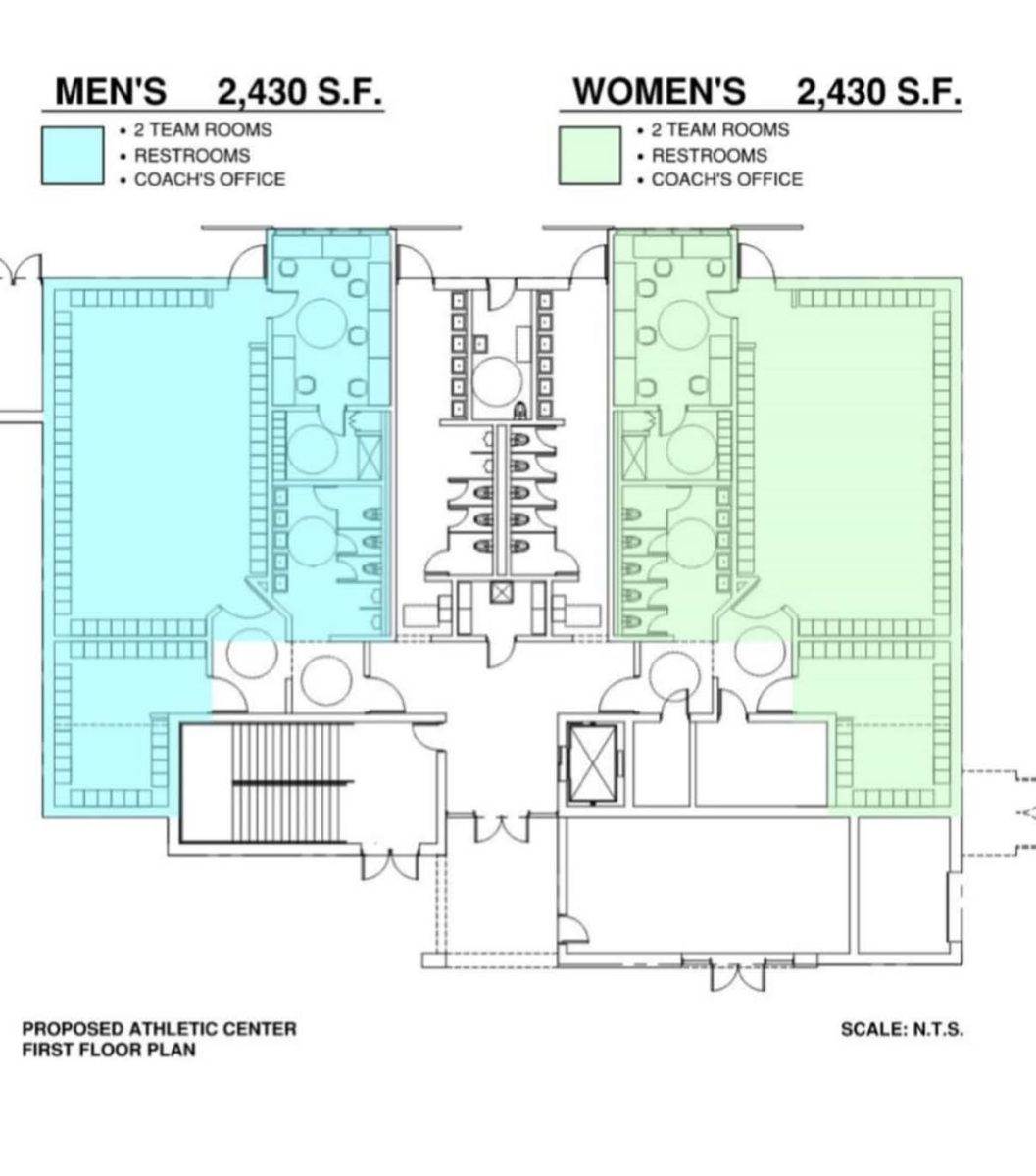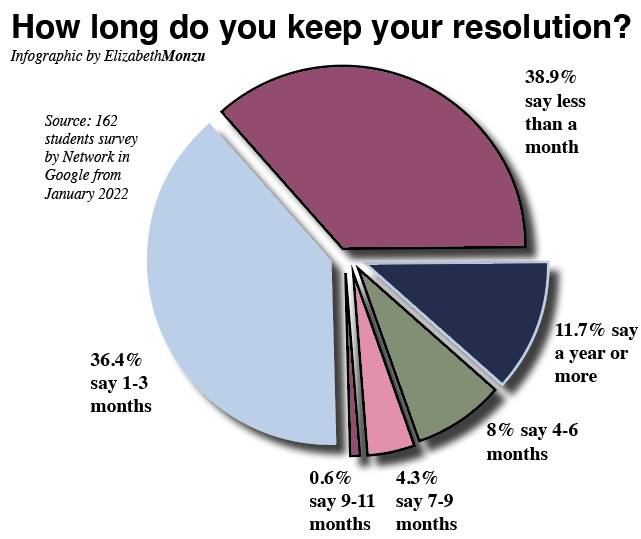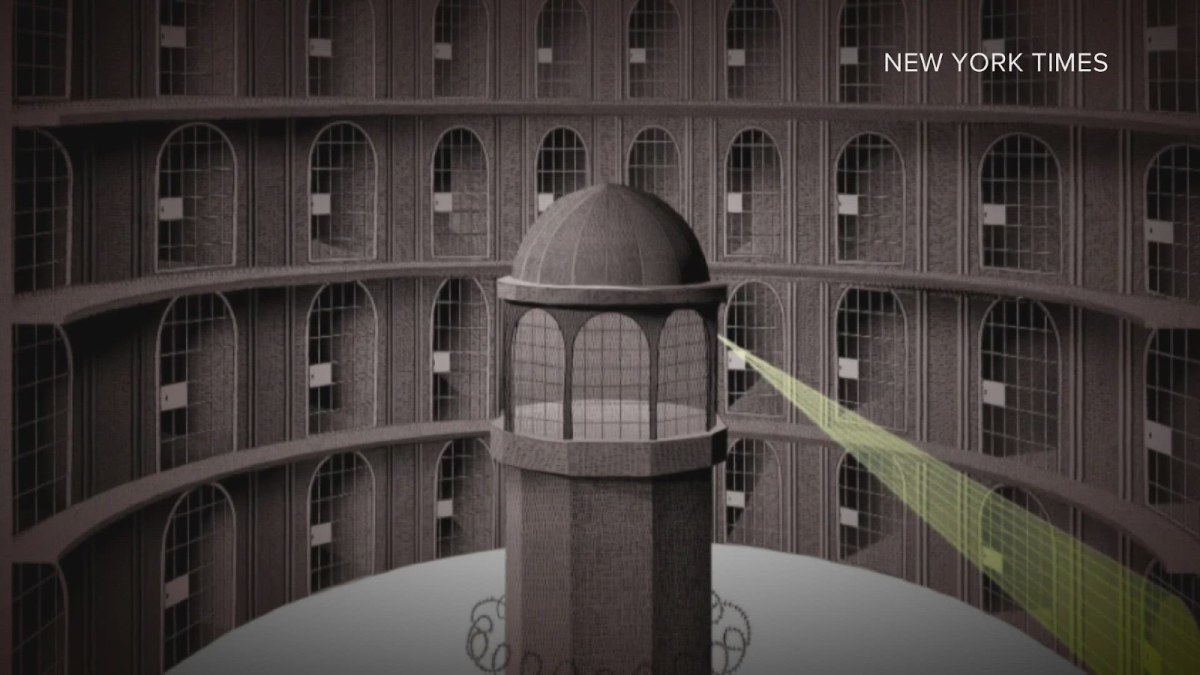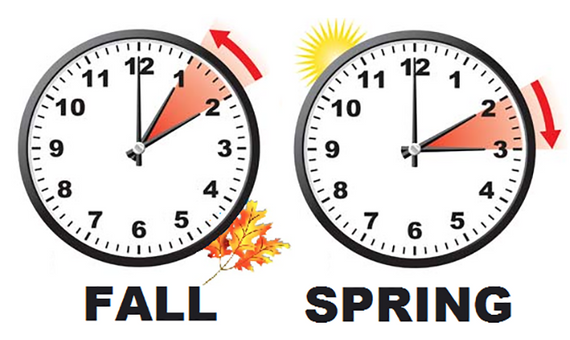
Spring forward is when the clocks are moved forward an hour; this normally happens the first Sunday in March in the United States. When the clock is moved forward an hour there is longer daylight during the day, so that evenings have more daylight and mornings have less. Fall back is when the clocks are moved backwards an hour and you gain an hour of sleep. This happens on the first Sunday in November. Once the clock moves back an hour there is longer daylight during the day, so that evenings have more daylight and mornings have less.
Health Concerns
Daylight savings has negative impacts especially the first couple of days after the clock changes. These negative impacts are heart attacks, strokes, and even car accidents. The main reason for these impacts is the disruption of sleep which also makes people less alert. Sleep deprivation is linked to heart disease, cognitive decline, obesity and so many other problems. To avoid sleep disruption people try to prepare for daylight savings by going to bed two or three nights ahead but that can be difficult and may not work for everyone. The time change can also affect people’s mental health including depression and anxiety while also messing with people’s emotions. It takes many people several days to adjust to the time change. It’s super hard to adjust to the time change when we lose an hour of sleep during spring forward.
Spring Forward or Fall Back?
People tend to enjoy spring forward more than fall back because during spring forward there is more daylight and the weather gets warmer. During fall back the sun sets between 4:50pm and 4:55pm and sunrise starts at 6:30am in most of New Jersey. During spring forward the sun typically sets around 7:00pm or later up. Sunrise starts around 7:00am. The latest sunsets happen late June to early July.
Where Daylight Savings Don’t Happen
Hawaii and most of Arizona don’t make the spring switch. These are the only two states in America that don’t make the spring switch and stick to standard time all year long along with Puerto Rico, American Samoa, Guam and the U.S. Virgin Islands. America is not the only country that experiences daylight savings. This happens worldwide. Other countries just observe daylight savings starting and ending at different times.
How to Prepare for Daylight Savings
Before the time changes, start going to bed 15 to 20 minutes earlier for a couple nights and wake up earlier the next day. Moving up your routine can help your body get used to the time change. Some things that will make it harder for you to go to sleep at night are afternoon naps, caffeine and any electronics right before bed especially if your brightness is all the way up.
We should consider having a standard time all year long that can really benefit everyone’s health, productivity and well being all around the world.
Source: Encyclopedia Britannica




